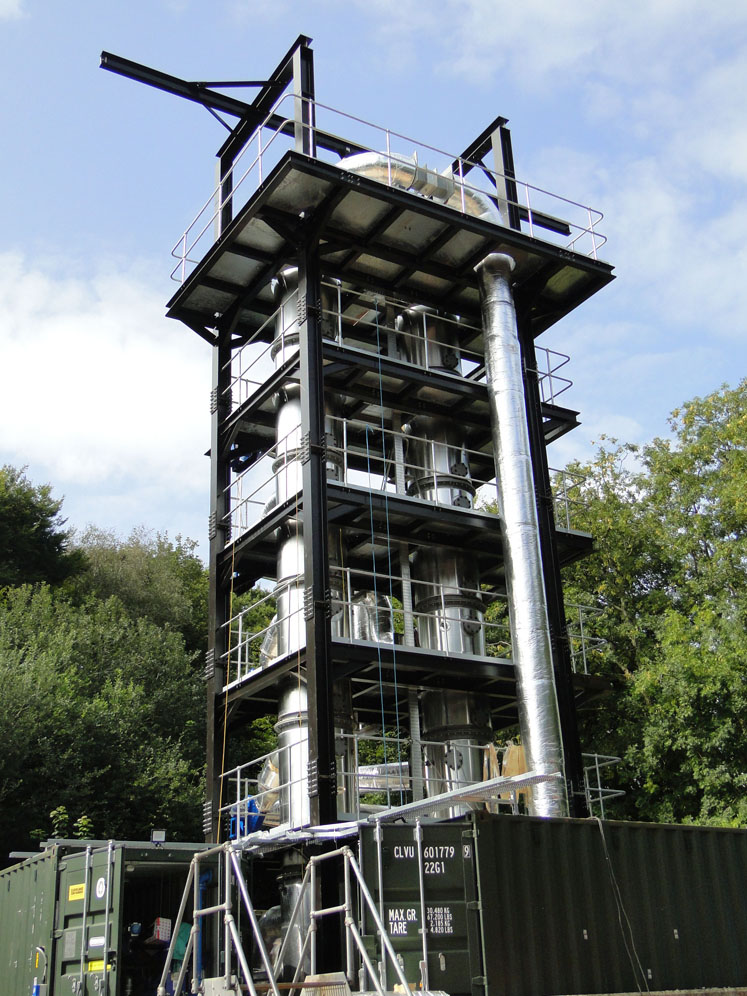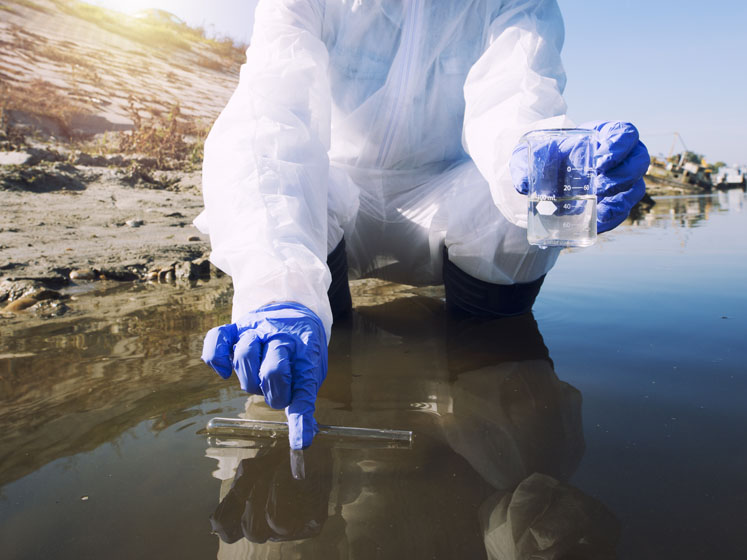Pharmaceutical manufacturing is arguably the most rigorously regulated sector throughout the industrial landscape. The strict procedures involved mean that there’s a hefty minimum requirement for the methods, facilities and controls used in manufacturing, processing and packaging a drug product. An important and unavoidable element of that process is the washdown procedure and treatment of the resulting wastewater.
The disposal of effluent from pharmaceutical processing is an increasing problem around the world and the UK is no different; evaporation and cooling are the most common techniques used to extract available salts and reusable water. Enforced by the Medicines & Healthcare products Regulatory Agency (MHRA), washdown procedures must ensure that no trace ingredients are left within the equipment, thereby eliminating contamination.
This process is as important for manufacturers of a single product as it is for a line that produces multiple drugs. Complying with these standards and regulations is the main driving force behind washdown procedures; but, they can also help manufacturers by reducing equipment malfunctions, preserving product quality and creating a safe working environment for operators.

There are multiple approaches that manufacturers can take for washdown procedures. These include clean-in-place (CIP), whereby special equipment is brought to the asset in situ or the asset is moved to a central washing facility. Sometimes, even high-pressure water cleaning chemicals are used. All these approaches have the desired effect, but when the wastewater goes down the plughole … do profits go with it?
New process
When it comes to pharmaceutical washdown, there’s a new technology that not only leads to more efficient operations but also means that valuable ingredients and salts can be recovered and even re-enter the product stream directly. Low temperature ambient pressure technology (LAT) is a new approach to wastewater treatment that can substantially lower costs and offer significant environmental benefits. LAT has been proven to achieve >95% reduction of chemical oxygen demand (COD) and >99.99% decreases in total dissolved solids (TDS).
As part of the post-washdown process, the LAT water separation technology features two columns: one for humidification and the other for dehumidification. Both use waste heat as a power source, which cuts energy usage by up to 70% when compared with other wastewater treatment methods.
This twin track approach produces two streams: clean distillate water and a concentrated liquid. For pharmaceutical production, this stream can also include valuable ingredients that could be reclaimed for use in further products or processed as waste. Manufacturers are literally pouring potential profits down the drain!
Sustainable operations
Adding a large unit to any product facility will usually come with a capex concern, but modern leasing transcends this. Another potential cause for anxiety for manufacturers is how much energy a system like this would use. And rightly so at a time when environmental worries and fuel prices are at their highest!
It’s why LAT is not just a progressive innovation but a significant step change. Relying purely on waste heat or renewable energy as a source of power provides another argument that all chemical manufacturers should consider. Waste heat is an abundant resource that can be found throughout manufacturing facilities — from exhausts, boilers and mixers.
Wastewater treatment in pharmaceuticals
Reducing energy consumption and ensuring that only clean water re-enters the environment is a critical concern of pharma manufacturers. Wastewater produced by pharmaceuticals can be especially damaging to wildlife and can have a lasting negative impact.

Traditional methods to deal with this type of wastewater include physically trucking it to a specialised facility or energy intensive boiling and pressure treatment. Both require a huge time, money and energy investment from manufacturers.
By switching to a LAT solution, pharmaceutical manufacturers can treat the wastewater to strict regulatory standards while saving 50–75% on operating costs when compared with traditional methods. Manufacturers looking to save money and reduce their impact on the environment need to consider LAT.
Not only can valuable ingredients be recovered from the washdown procedure for re-entry into the production cycle, but the recovered distilled water adheres to all regulations and is clean enough to be used for future washdowns or to enter the environment.
Achieving a step-change in wastewater treatment of this nature might ordinarily be associated with large capital expenditure and a lengthy ROI, but with innovative leasing agreements now available, there’s simply no argument for letting profits leach away.




